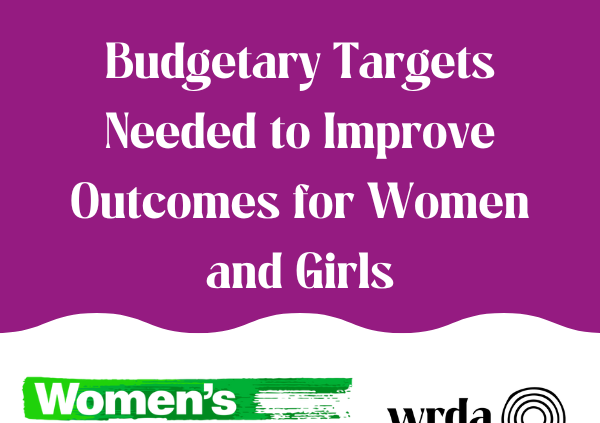Gender budgeting requires government departments to analyse the different impact of the budget on people of different genders, starting as early in the budget cycle as possible. The aim of gender budgeting is to ensure that the distribution of resources creates more gender equal outcomes. Over time, gender analysis should become embedded at all stages of the budget process. Women’s intersecting identities are also included in this analysis and policy-makers are expected to promote these areas of equality as well. There is widespread political support for gender budgeting in Northern Ireland and a growing evidence base that it can help create a more equal society. In the current budget crisis women will experience particular disadvantages due to the pre-existing socio-economic conditions. For example, there is strong evidence that women have suffered disproportionately from over a decade of Westminster austerity measures, the pandemic, and the cost-of-living crisis12. We cannot afford to continue making decisions at the expense of women and risk further degradations to gender equality and additional intersecting equalities as well.
Not only is there an immediate need for gender budgeting in our current crisis, but the benefits would help to improve the budgetary process. Gender budgeting is good budgeting; it encourages greater transparency of government processes, more in depth assessments of how policies and budgets affect constituents and closer cooperation between governmental and non-governmental stakeholders. It
encourages a more targeted approach to the spending of public money, which will improve policy outcomes. Implementing gender budgeting mechanisms would provide decision-makers with the tools to recognise and mitigate gendered economic impacts and promote gender equality. Whilst political crises that affect budget processes are outside the control of departmental officials, strategically embedding gender budgeting measures will create a firewall to prevent such disproportionate disadvantages in future.
We recognise that the current equality screening and impact assessment duties under Section 75 provide policy infrastructure that could be used to progress gender budgeting. The EQIA process allows space to identify budget impacts on women and opportunities to promote more gender equal outcomes. However, too often the analysis included in these documents focuses only on equal treatment or stops at the point of acknowledging pre-existing inequalities. For gender budgeting to be fully implemented, the next stage must be to reformulate budgets and budgetary policy with targeted measures to improve outcomes for women and girls. Additionally, Section 75 screening and impact assessment typically takes places at the very end of the budget planning process or after the budget has been finalised. The OECD13 highlights that best practice for gender budgeting is to embed it at all levels of policy- and budget-making: planning, formulation, approval, implementation, monitoring and reformulation. It is crucial that gender equality obligations are not a ‘tick-box exercise,’ but rather that gender equality is mainstreamed in every area of the budgetary process through gender analysis of data supported by experts from civil society.
This is an excerpt from “WPG NI Response to Department of Health’s Budget EQIA 2024-25 “, you can read the full document here.



